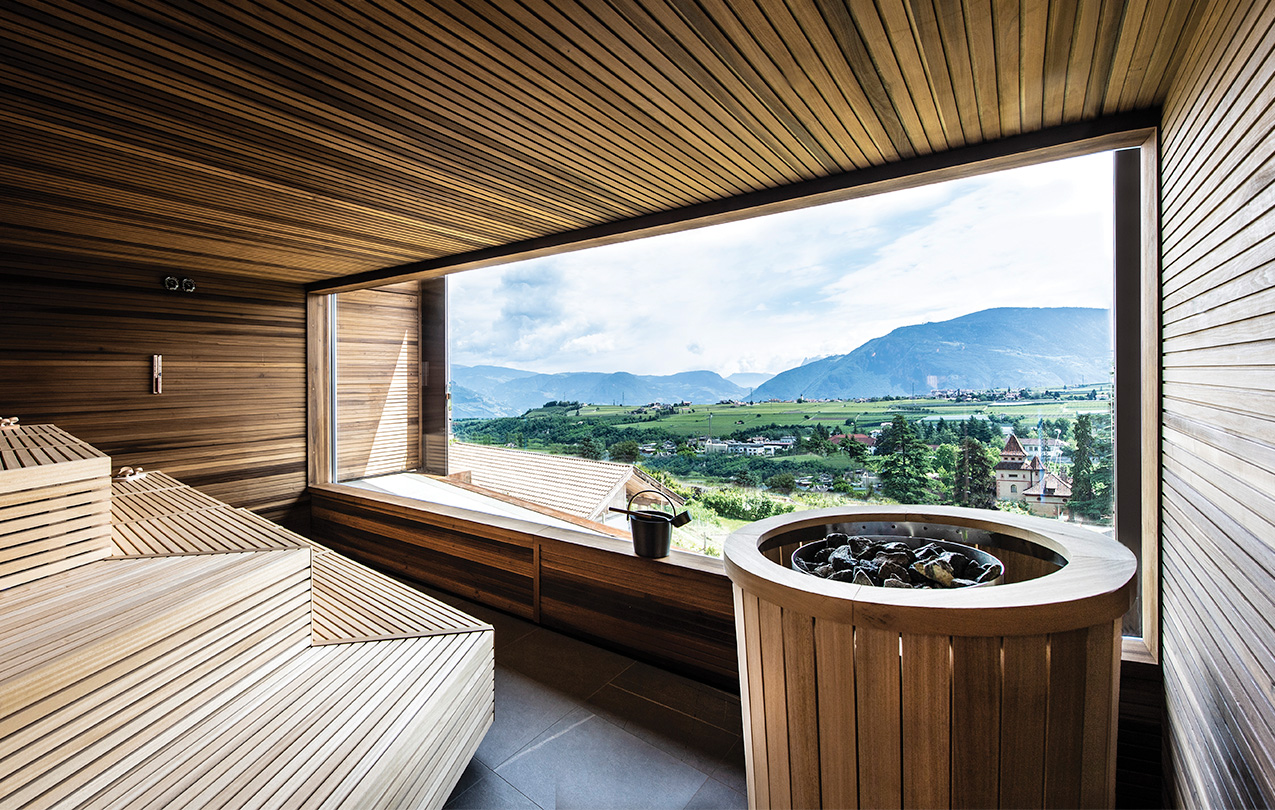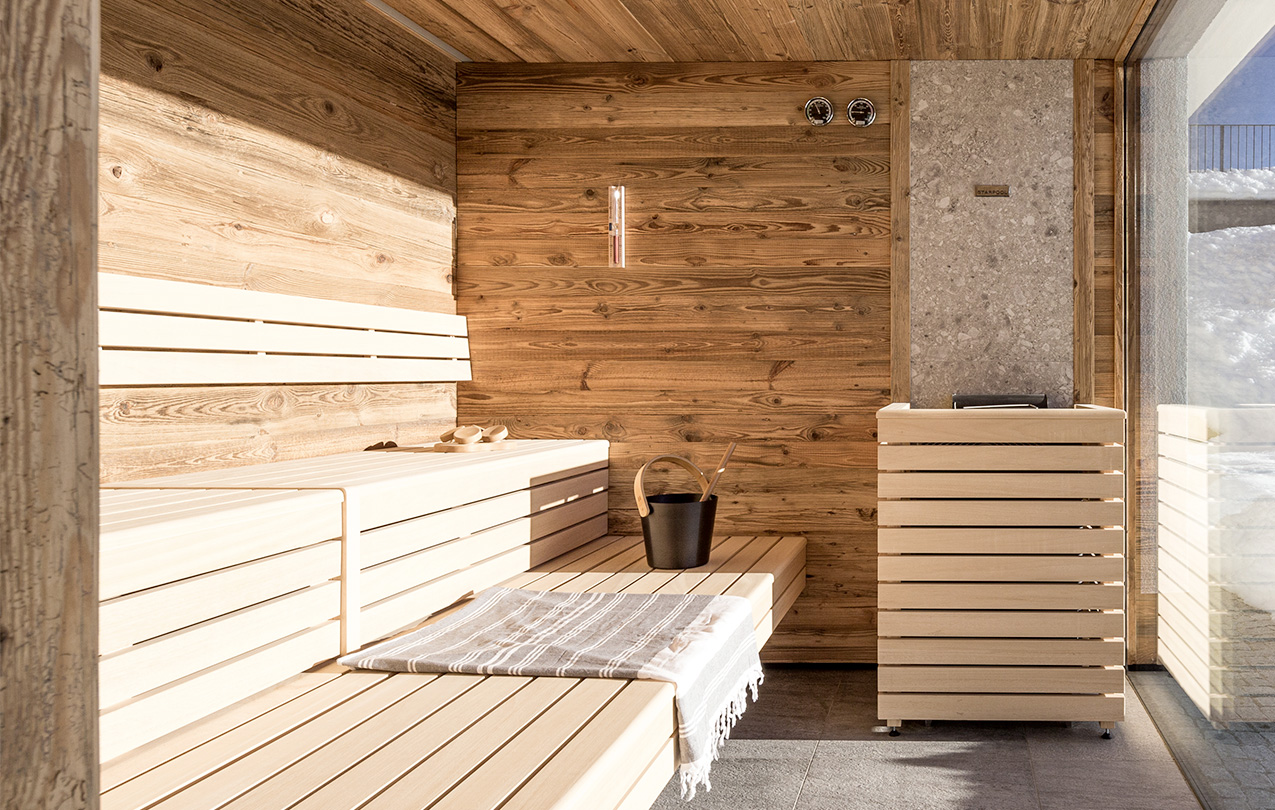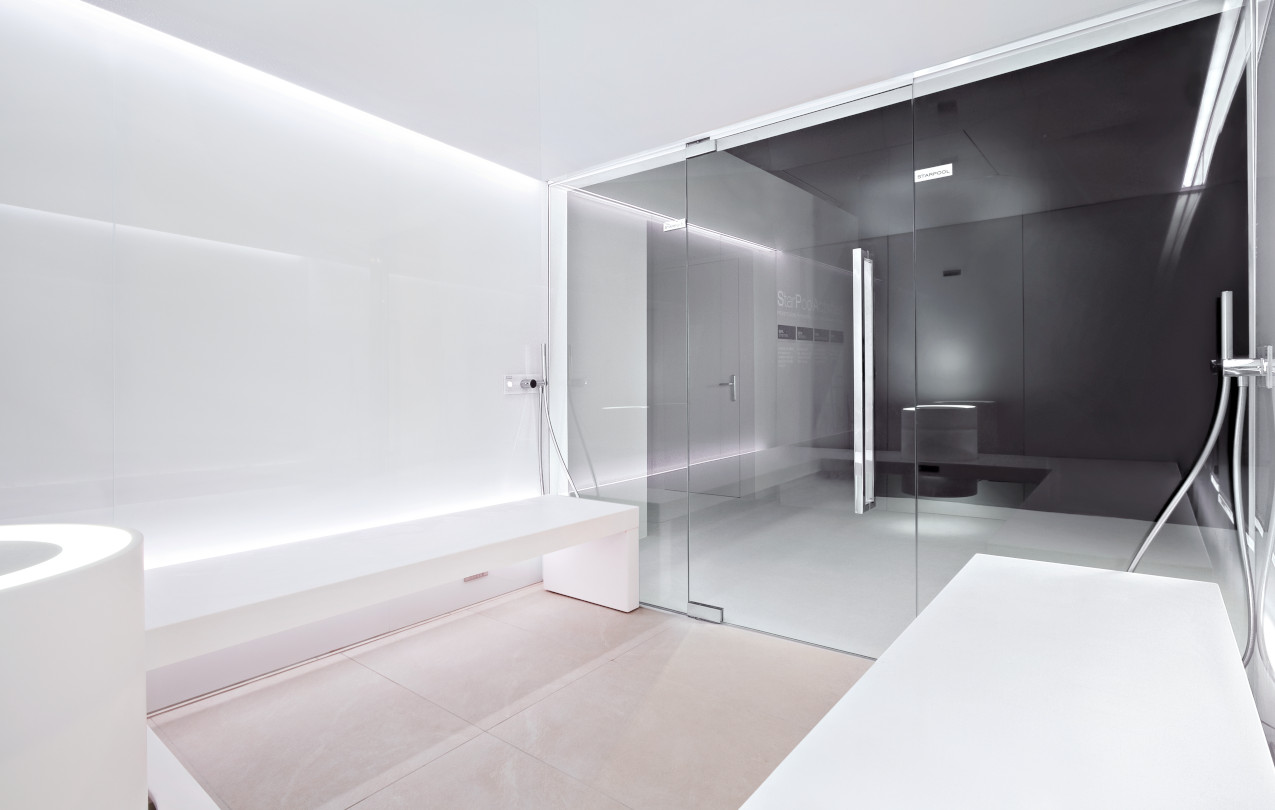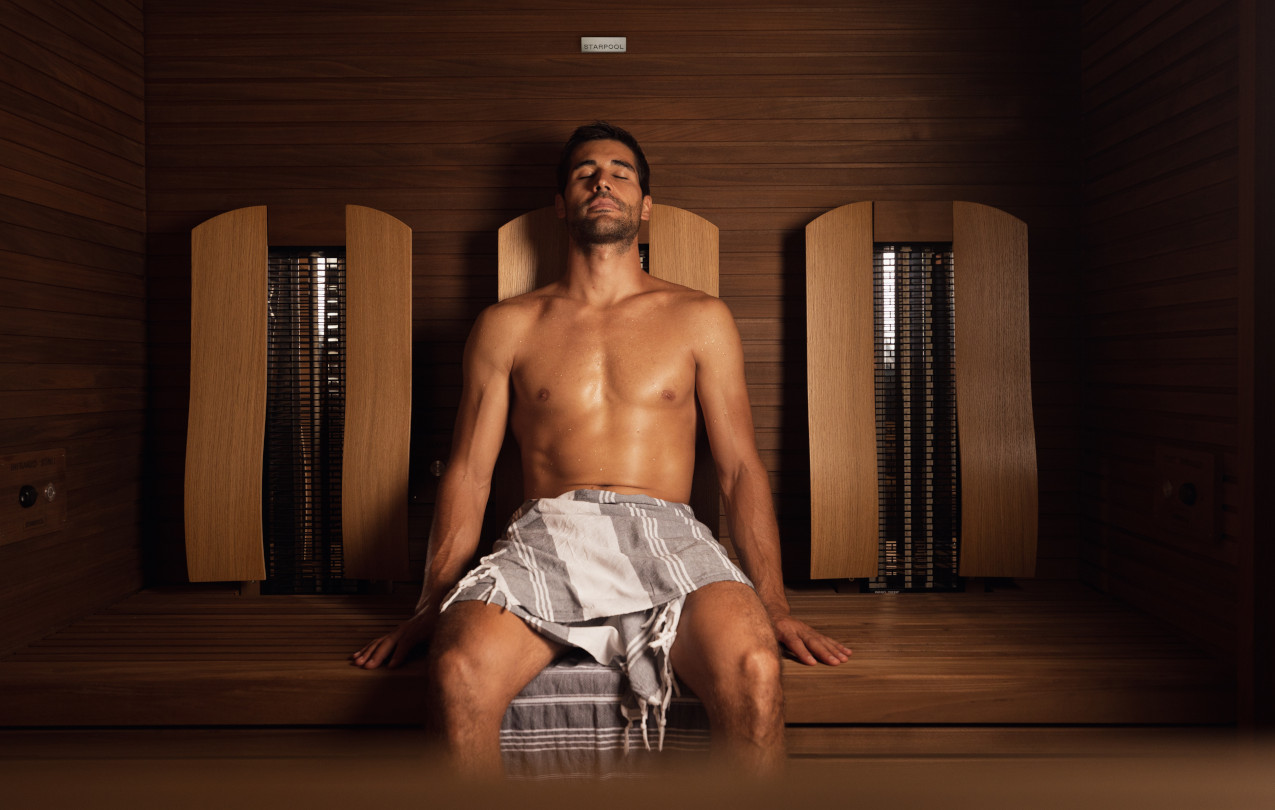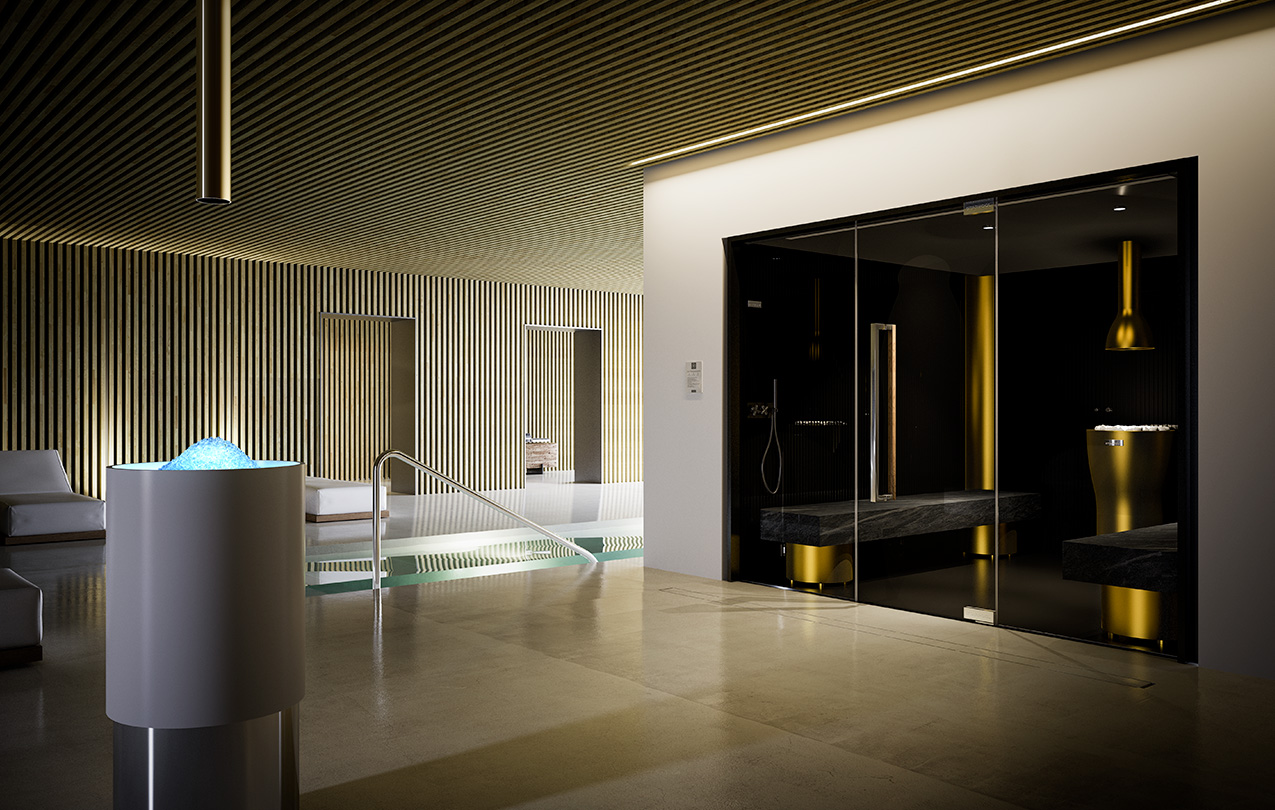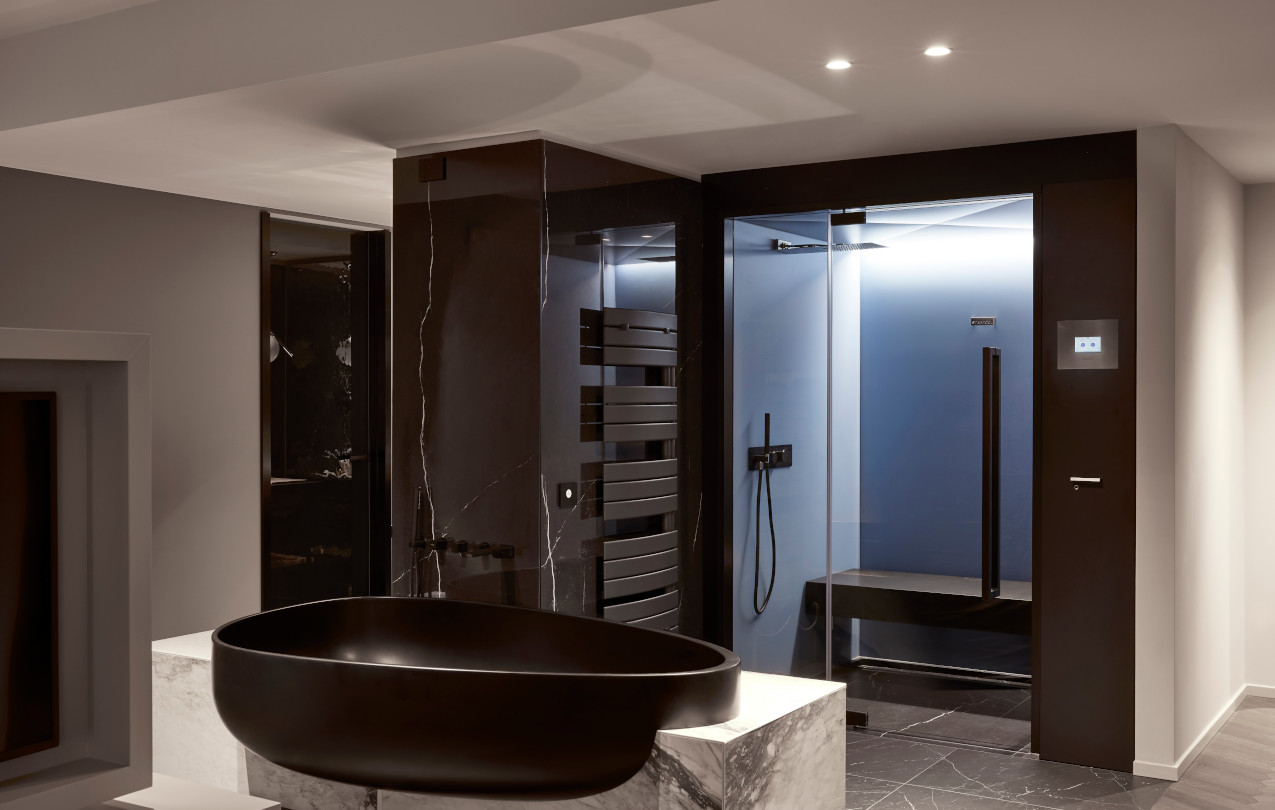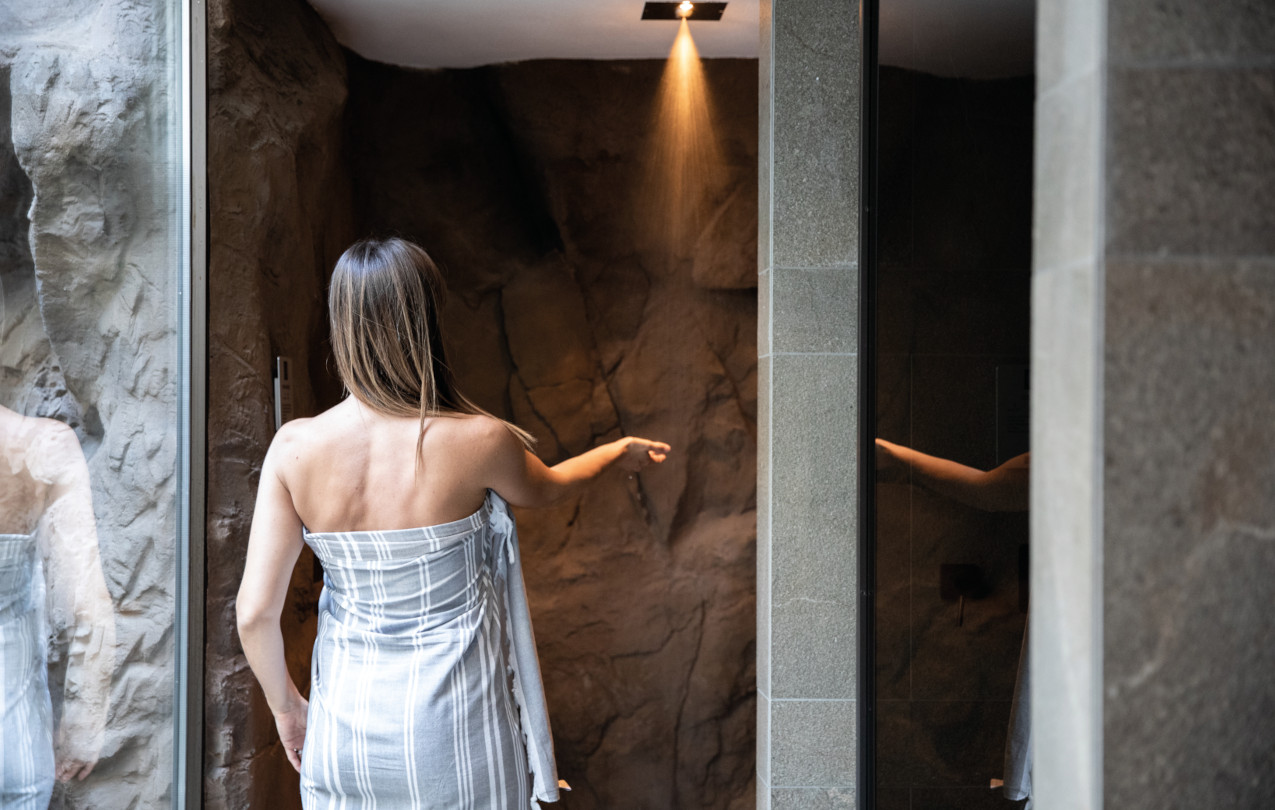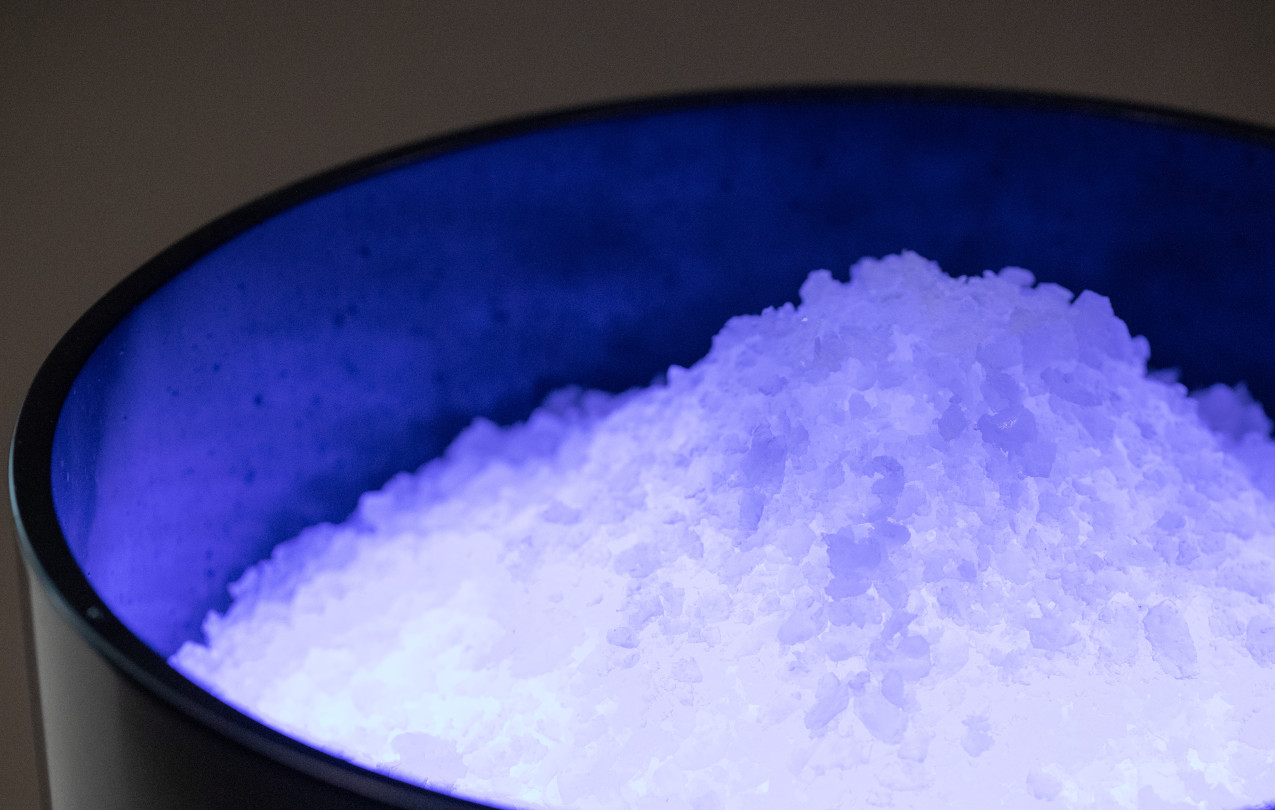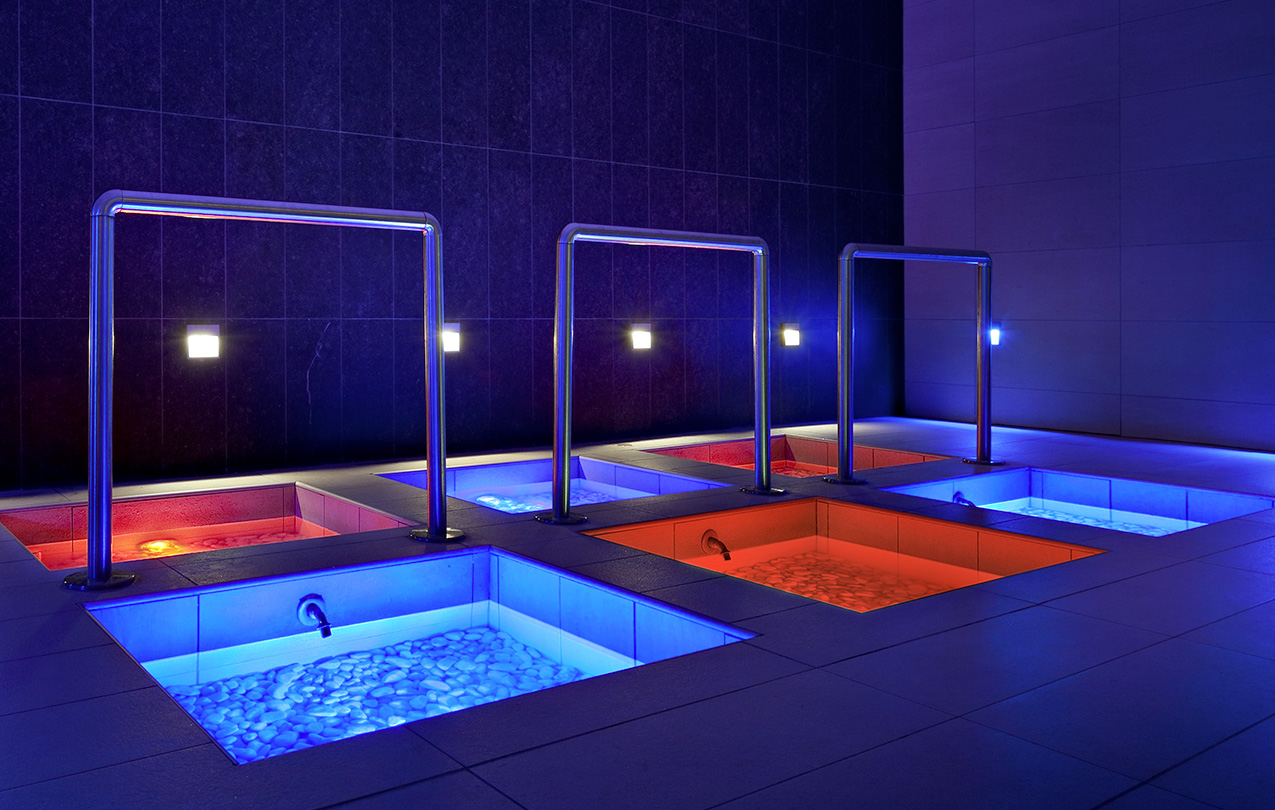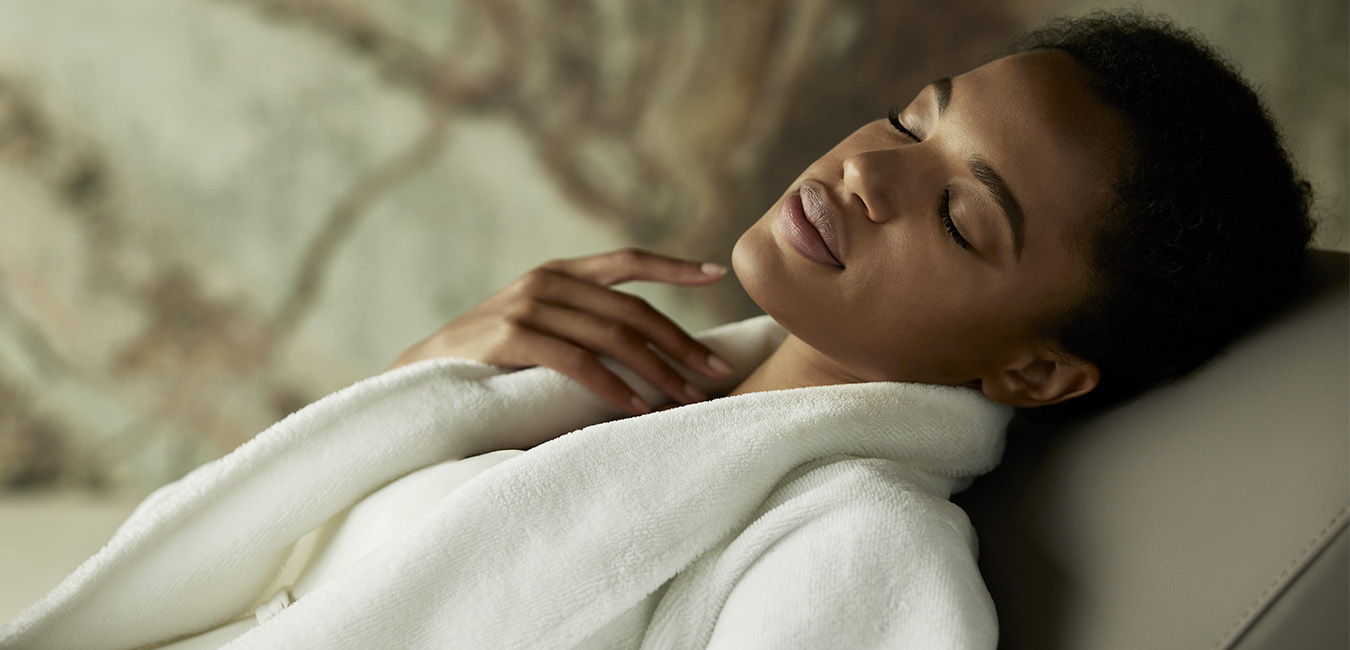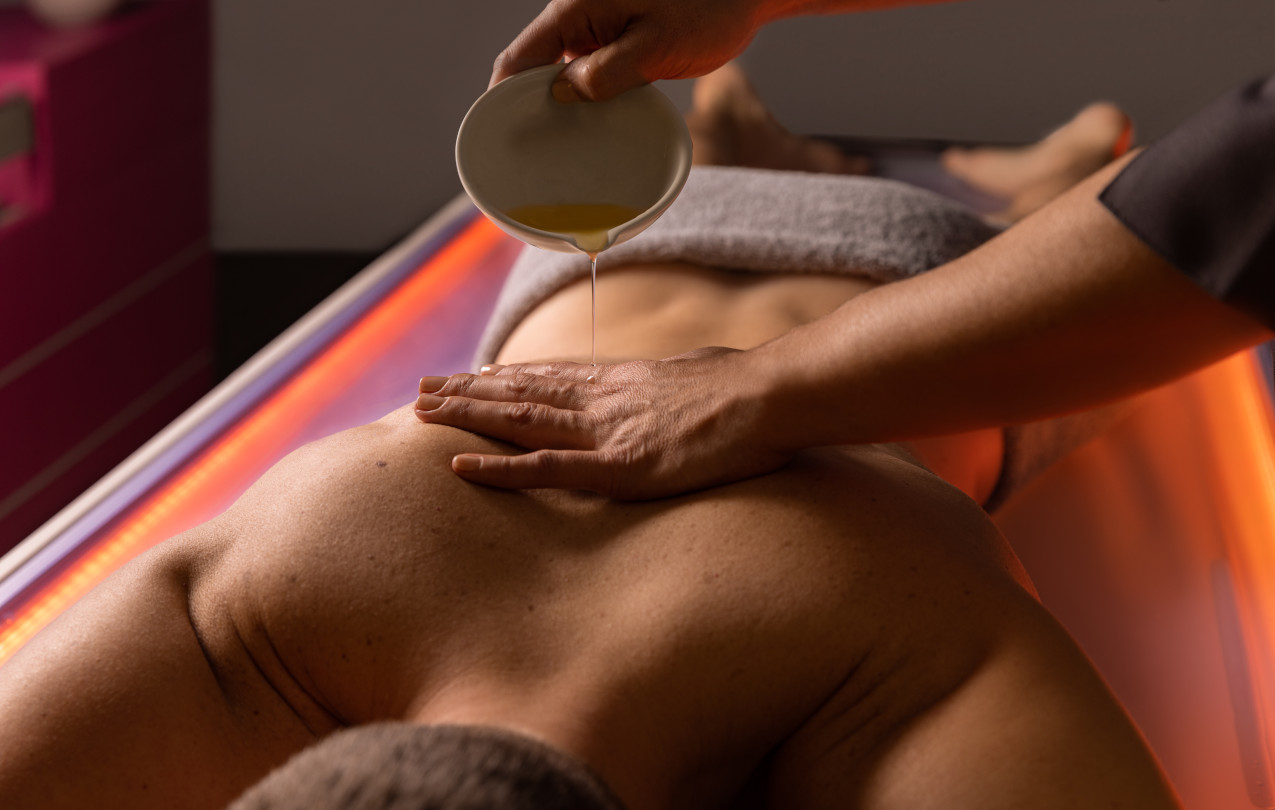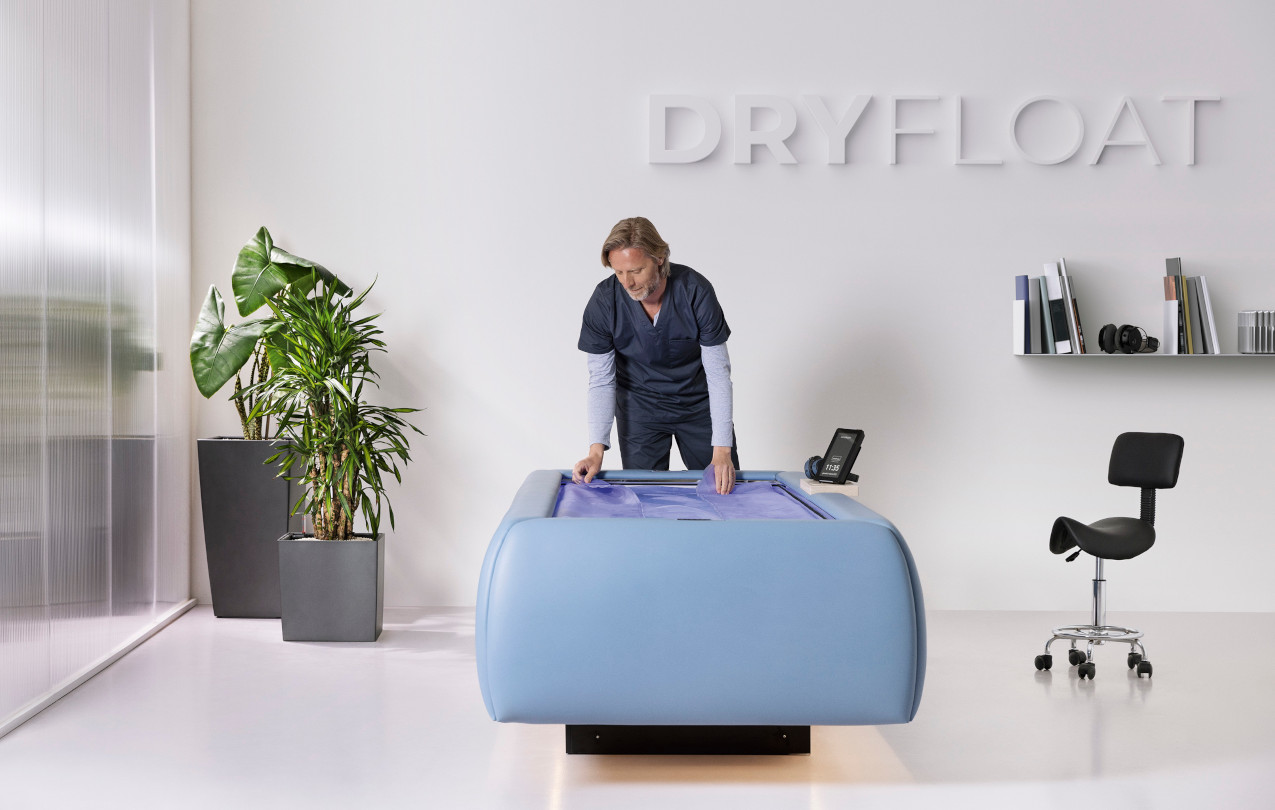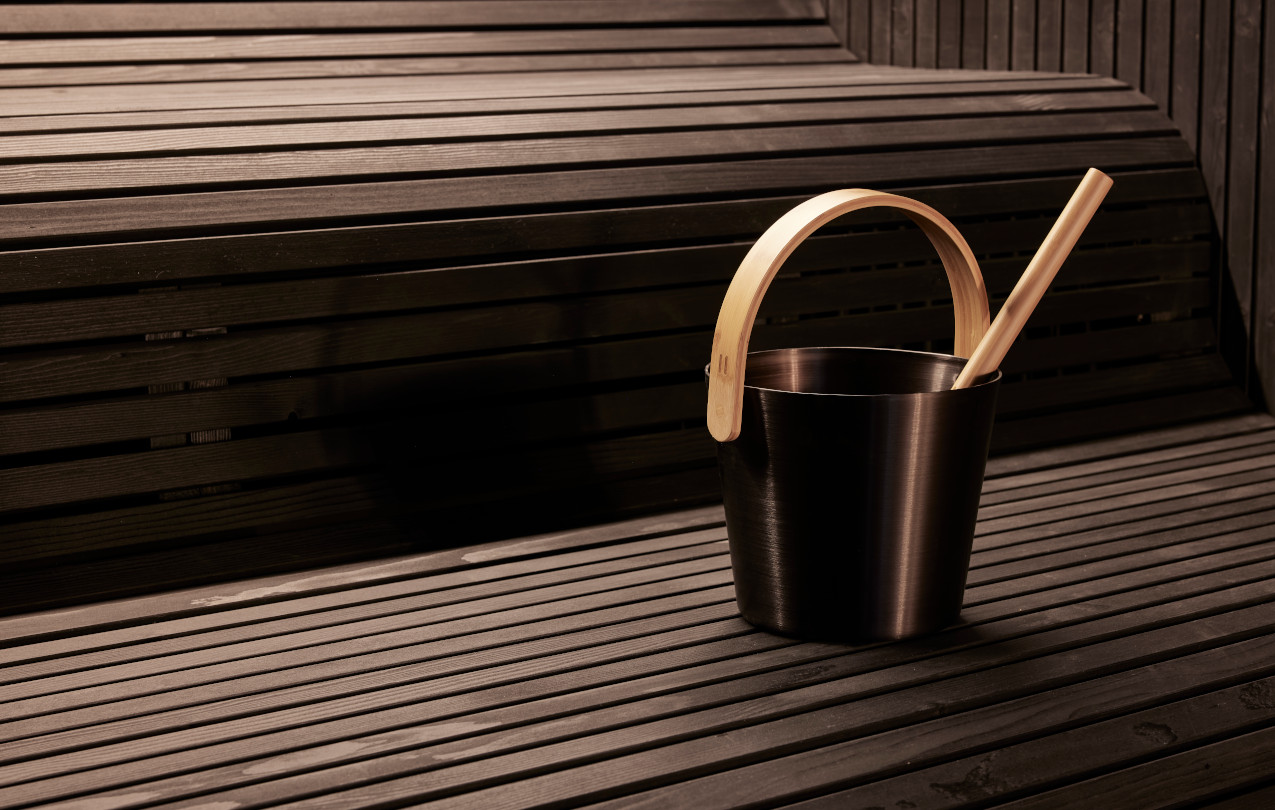Designer
Who and what
Who are designers, and what do they do? What are the secrets to creating and signing wellness products? We asked about it in this interview with Cristiano Mino, who designed some of our collections.
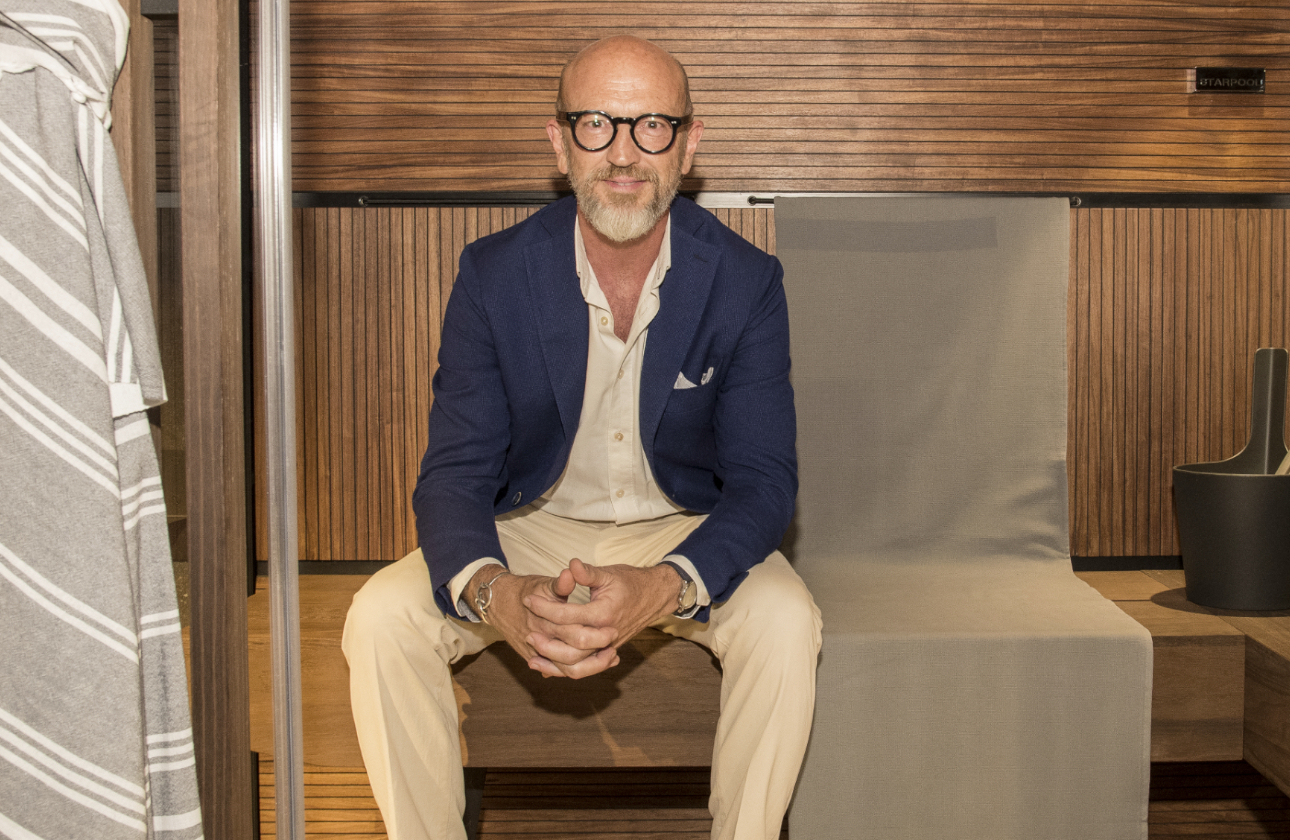
Who is Cristiano Mino?
“I trained as an industrial designer. Right from the start, I’ve been attracted from the idea that design, in addition to dealing with beauty which is so dear to me, could also make a fundamental contribution to the improvement of people’s life. Shape and function have guided me in each design choice from the beginning of my career. It is maybe this project approach that secured a long partnership with Technogym (from 1996 to 2010), thanks to which the concept of wellness design was created as a result of a human-centred kind of design.”
How did your partnership with Starpool start?
“It started as the result of a fortunate encounter at Cosmoprof back in 2006, where I understood that the world of wellness centres had been completely unexplored as far as design goes, and that was a brave entrepreneur, a dreamer: Riccardo Turri.
About two years after that, I signed Sweet Spa for Starpool, which for the first time got its own original, recognisable and innovative product identity.”
Are you passionate about the world of wellness?
“Not so much as a user, but maybe it is thanks to this detachment that I can walk in the shoes of those who are not especially charmed by it, understanding their reasons and analysing their needs, particularly the latent ones.”
What does product design mean to you?
“The design of a product goes beyond its appearance. Design is communication, for a company that manufactures products, it is the main element to reiterate its promise to the market.
Design is function, the products are bound to be used, managed, experienced, and in this specific case people have to step in them, so even the smallest detail needs to make the experience user friendly. Design is aesthetics, but never as an end in itself: it is emotional and evocative beauty.”
Is it difficult to make function and design coincide?
“To an inexperienced eye, it may look like it. However, it is right when we find ourselves to look at a series of complex design constraints that design can help us sort them out in the best way possible.
A bit like in life, creativity and consequently design allow to turn problems into opportunities, but you need experience and a positive approach.”
What are the main aspects to take into account?
“Every project is a story in its own right. In 16 years with Starpool, we have written several stories: Sweet Collection, Glamour Collection, Soul Collection, Shade Collection and the products Zerobody Dry Float and Zerobody Cryo. So I’d say that the most important aspect underpinning every project is consistency. Thanks to consistency, each line has enhanced the identity of the Starpool brand.”
Besides the product, what do you think is a must inside a spa?
“The sector is more and more oriented toward the blending of the equipment with the context it’s set in, be it public or private. Shade Collection, for instance, is a manifestation of this kind of blending, a way to meet this new requirement.”
Design and architecture, where’s the line?
“These two worlds have a constant exchange in terms of aesthetics and style. But the kind of relationship that they have with the user, and consequently with the project itself, is profoundly different.”


